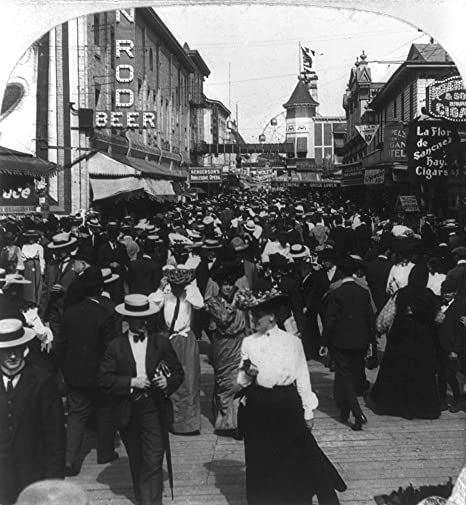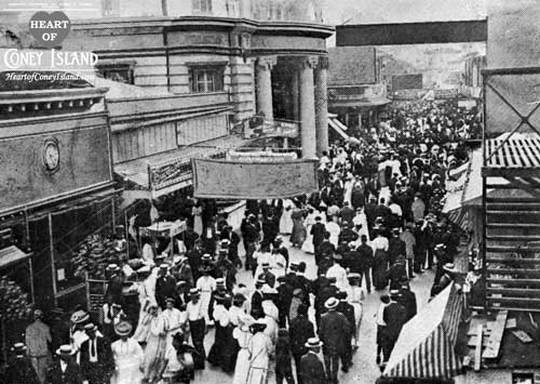
This is one of the most iconic photos taken in World War II, showing US Marines raising the U.S. flag on Mount Suribachi during the Battle of Iwo Jima #OnThisDay in 1945.
Photographer Joe Rosenthal captured the moment. The original picture is now in the public domain.
Photographer Joe Rosenthal captured the moment. The original picture is now in the public domain.

Print available: redbubble.com/shop/ap/102555… 

Before Rosenthal reached the summit of Mount Suribachi’s 554-foot volcanic cone, a team of Marines had already raised a small U.S. flag. Marine photographer Staff Sergeant Louis Lowery snapped the moment when the makeshift flagpole was erected, but...
... the sight of that flag drew a volley of fire from Japanese troops. While diving for cover, Lowery broke his camera, so he headed down the hill to get new equipment.
Along the way he met Rosenthal, still struggling to get to the top, and gave him the bad news: The flag was already up.
Still, Rosenthal pressed on, hoping to get some good shots from the summit.
Still, Rosenthal pressed on, hoping to get some good shots from the summit.
When he got there, he noticed a team of Marines preparing to raise a second, larger flag, on orders from Marine brass, who wanted it to be visible from all over the island.
Read more: nationalgeographic.com/history/articl…
Read more: nationalgeographic.com/history/articl…
More from me, books, commissions, etc: marinamaral.com
• • •
Missing some Tweet in this thread? You can try to
force a refresh


















